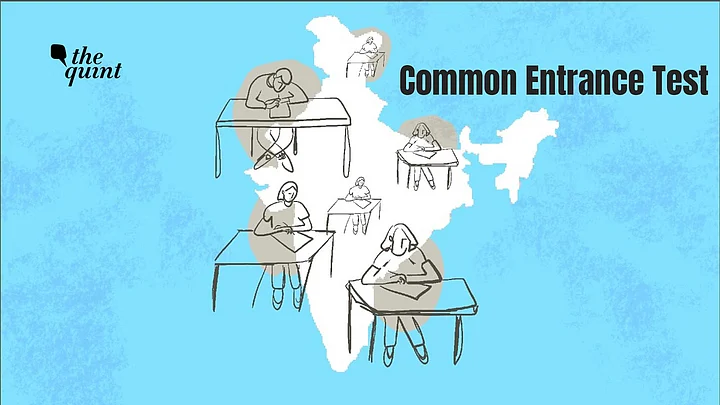If University Grants Commission (UGC) has its way, a common entrance test could replace mark-based admission in central universities from academic year 2022-2023.
After a meeting on 26 November, the UGC asked central universities to take ‘appropriate measures’ to conduct the Central Universities Common Entrance Test (CUCET), reported The Indian Express.
“After detailed deliberations, it was resolved that the Common Entrance Test for UG and PG may be conducted for Central Universities from the academic session 2022-23 through National Testing Agency (NTA)," UGC wrote to the university heads, the newspaper reported.
Who is eligible to take the CUCET? Which universities will this be applicable to? Here's all you need to know.
Here is what you need to know about the test.
What is CUCET?
The Central Universities Common Entrance Test was first launched in 2010. This was one year after 12 new central universities had been set up under the Central Universities Act, 2009. While some universities have opted to conduct the test, the National Education Policy, 2020, aims to bring more universities under the ambit. In 2020, UGC set up a seven-member committee under R P Tiwari to look into the implementation of the same.
The letter to 45 heads of universities was sent post deliberations by this committee.
Who is eligible to take CUCET test?
Anyone who wishes to apply for undergraduate or postgraduate courses in central universities could take the test. However, exact guidelines are expected to be announced soon.
What is the pattern of the test?
Currently, the test comprises two segments – both of which consist of multiple choice questions (MCQs). The the first part tests the students language, general awareness, mathematical aptitude and analytical skills. The second part evaluates domain knowledge.
What will be changes to this pattern?
The exact modalities have not been announced yet. Watch out this space for more.
What subjects will it cover?
The test will now cover sciences, humanities, languages, arts, and vocational subjects, reported The Indian Express.
The test currently covers MBA, LLB and MCA courses offered by a few universities. It does not cover engineering and medical courses offered by Central Universities and is unlikely to cover them under the new pattern as well.
How many times will it be conducted?
It is also likely to be held at least twice every year, instead of anually.
Which languages will it be conducted in?
The exam will be conducted in 13 languages – English, Hindi, Gujarati, Assamese, Bengali, Kannada, Malayalam, Marathi, Odia, Punjabi, Tamil, Telugu and Urdu.
Why does UGC want to bring more universities under the ambit of CUCET?
The NEP, 2020 envisaged that a common entrance test will test conceptual understanding while aiming to eliminate the need for coaching. The NEP says that the flexibility of the NTA testing services will enable more universities to use common entrance tests, rather than having many universities each devising their own entrance tests.
What happens to board exam marks?
Board exam marks will still be important to apply to other universities, including state-run and private universities. Watch out this space for more information.
(With inputs from The Indian Express)
(At The Quint, we question everything. Play an active role in shaping our journalism by becoming a member today.)
